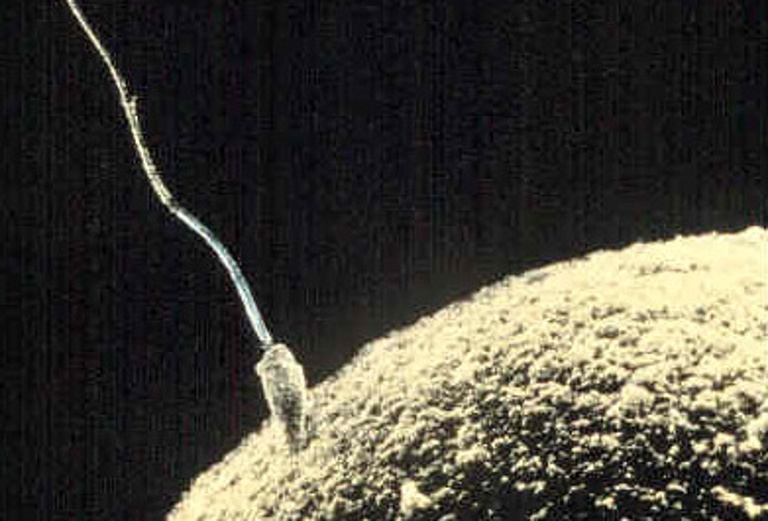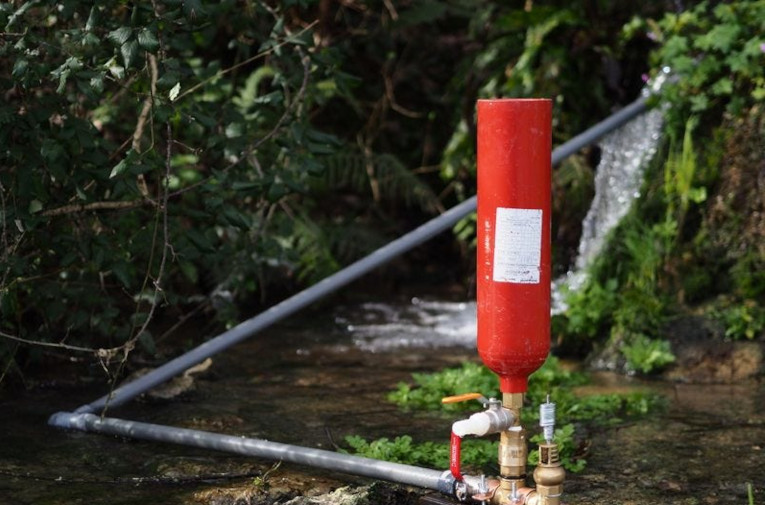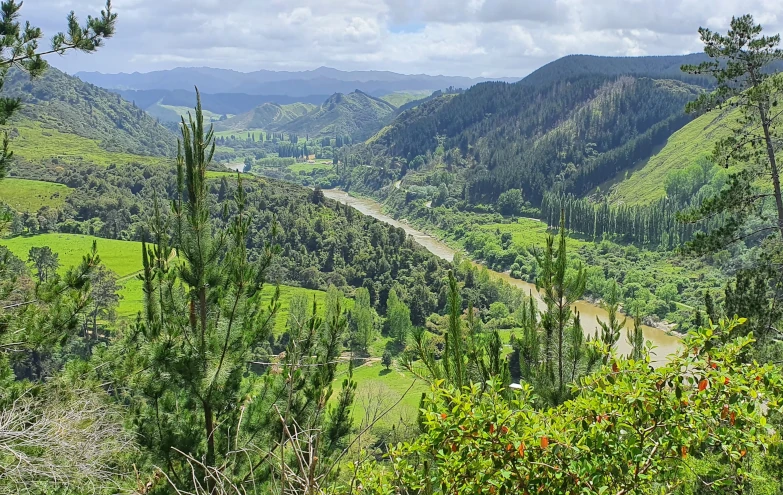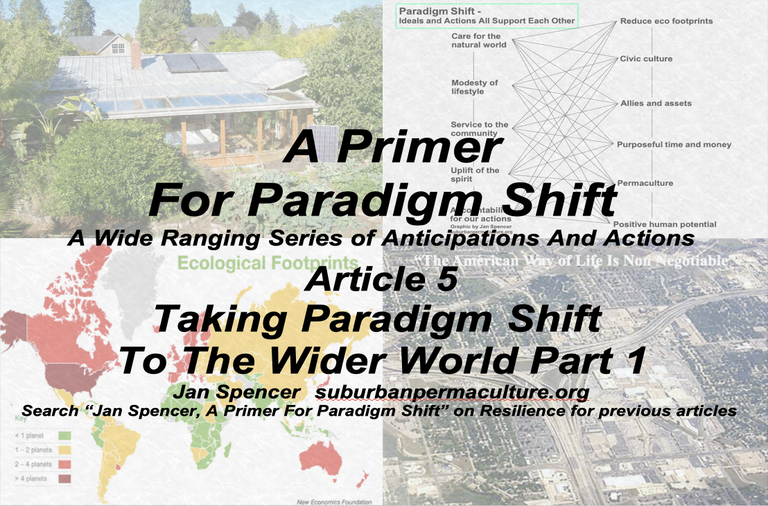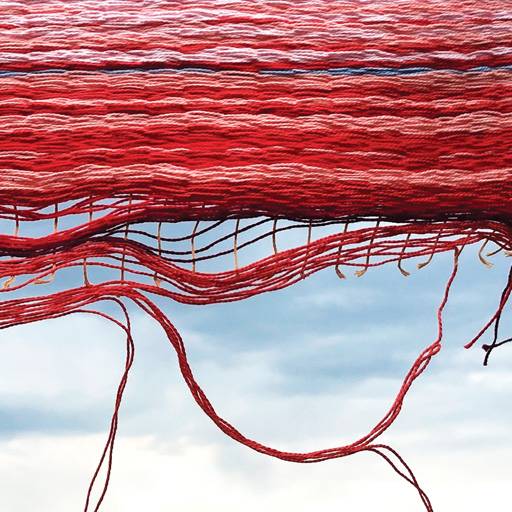Crazy Town 85. Escaping Globalism: Rebuilding the Local Economy One Pig Thyroid at a Time
Asher Miller, Rob Dietz, Jason Bradford, Resilience.org
From the top of a skyscraper in Dubai, Jason, Rob, and Asher chug margaritas made from the purest Greenland glacier ice as they cover the “merits” of globalism. International trade brings so many things, like murder hornets and deadly supply chain disruptions. The opposite of globalism is localism — learn how to build a secure local economy that can keep Asher alive, hopefully at least through the end of the season.
Editor’s Picks
Latest
Energy
Energy Descent: Public Letter
Energy Descent Collective, Resilience.org
Environment
Food & Water
Featured Topics
The Great Unraveling
Environmental and social challenges are now compounding to threaten the very systems that support the world we know. What does this Great Unraveling mean for both human civilization and the global ecosystem, and what we can do in response?
Holding the Fire
Award-winning journalist and author Dahr Jamail hosts in-depth interviews with leaders from around the world to uncover Indigenous ways of reckoning with environmental and societal breakdown.
Think Resilience
Start doing something about climate change and our other sustainability challenges—starting in your own community.
Think Resilience features twenty-two short video lectures by Richard Heinberg, one of the world’s foremost experts on the urgency of transitioning away from fossil fuels.


















